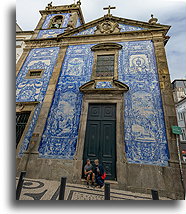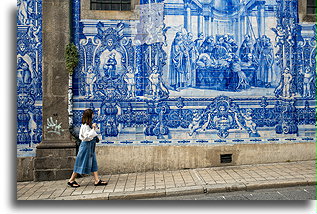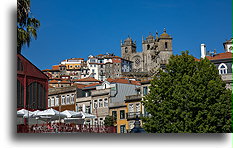
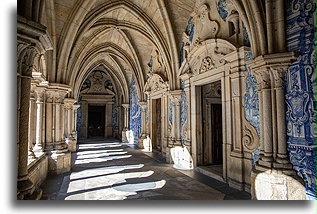
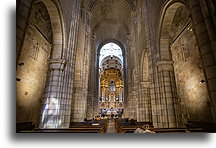
Porto has a long history of Catholic religion. It is easy to expect that churches are the most important architectural buildings in the city. Porto Cathedral is the oldest surviving structure. The Romanesque structure has undergone many modifications, but many medieval architectural elements have survived. For example, the façade and nave remain mainly Romanesque, while the Gothic cloister is decorated with Baroque azulejos tiles.
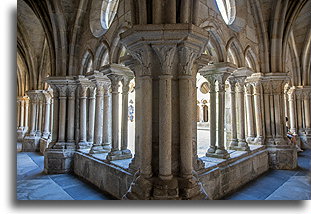
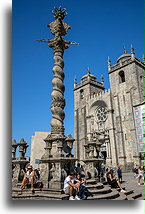
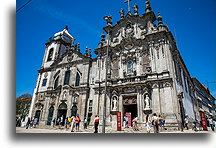
In front of the cathedral stands a reconstruction of the Pillory of Porto. The original one stood in Ribeira and was used to bind offenders sentenced to public shame by flogging or exile from the city. A current copy is a twisted column in Manueline style.
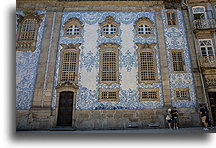
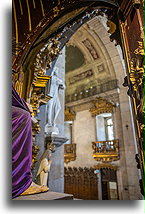
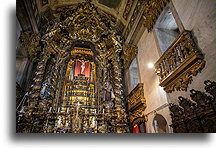
Many churches in Porto share one common element, Portuguese tiles called Azulejos. The 18th-century Baroque Igreja do Carmo, had tiles installed in 1910. The tiles illustrate the founding of the Carmelite order on Mount Carmel.
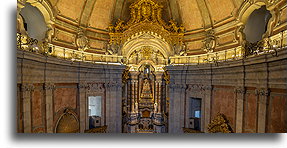
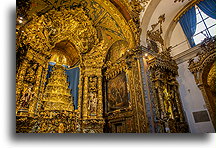
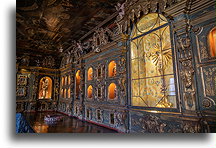
In 1929, blue and white ceramic tiles depicting scenes from the lives of the saints were added to the façade of the Capela das Almas de Santa Catarina (Chapel of Souls). They include the death of St. Francis of Assisi and the martyrdom of St. Catherine of Alexandria.
